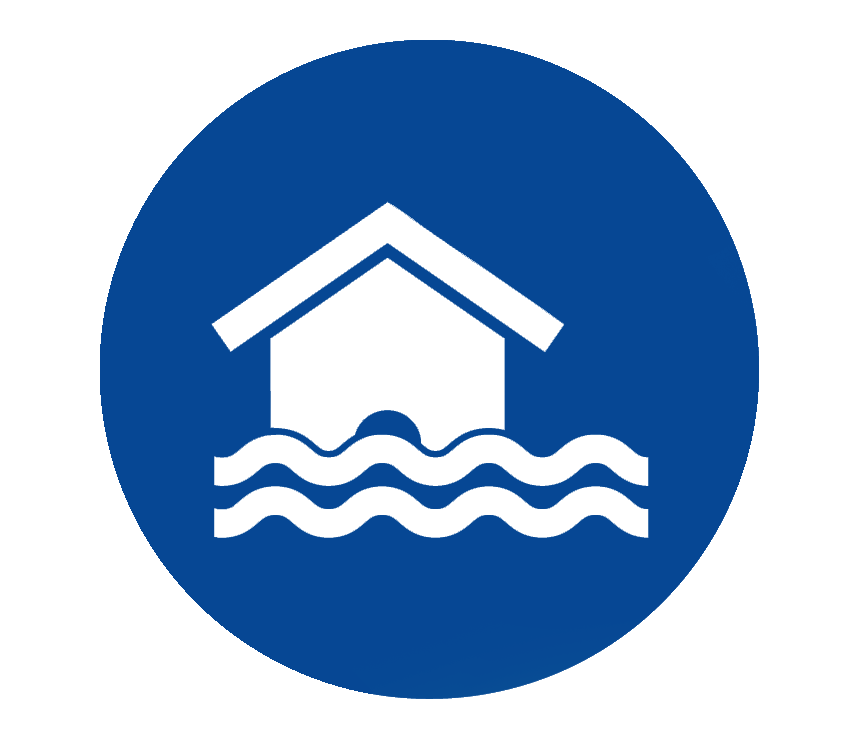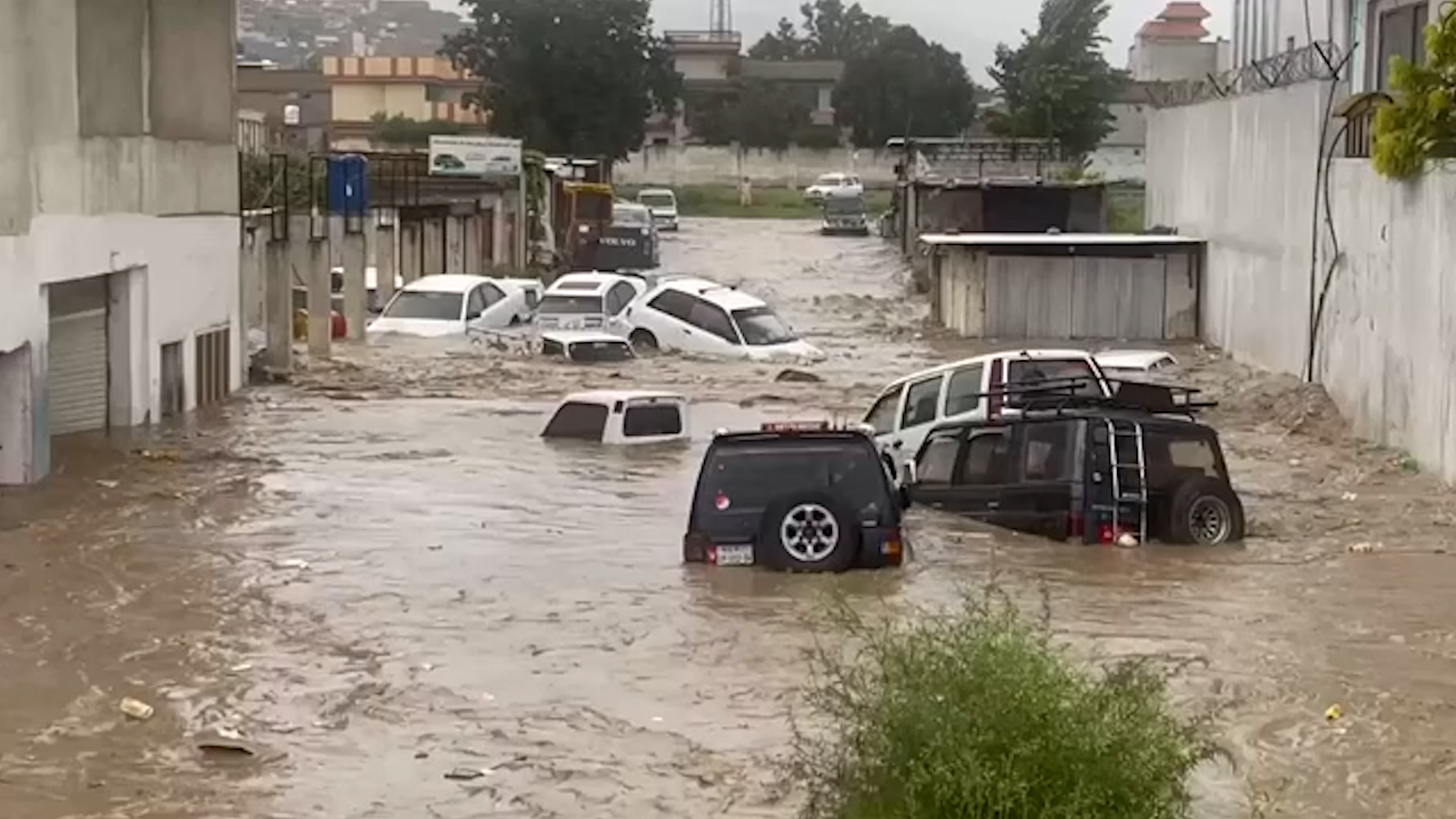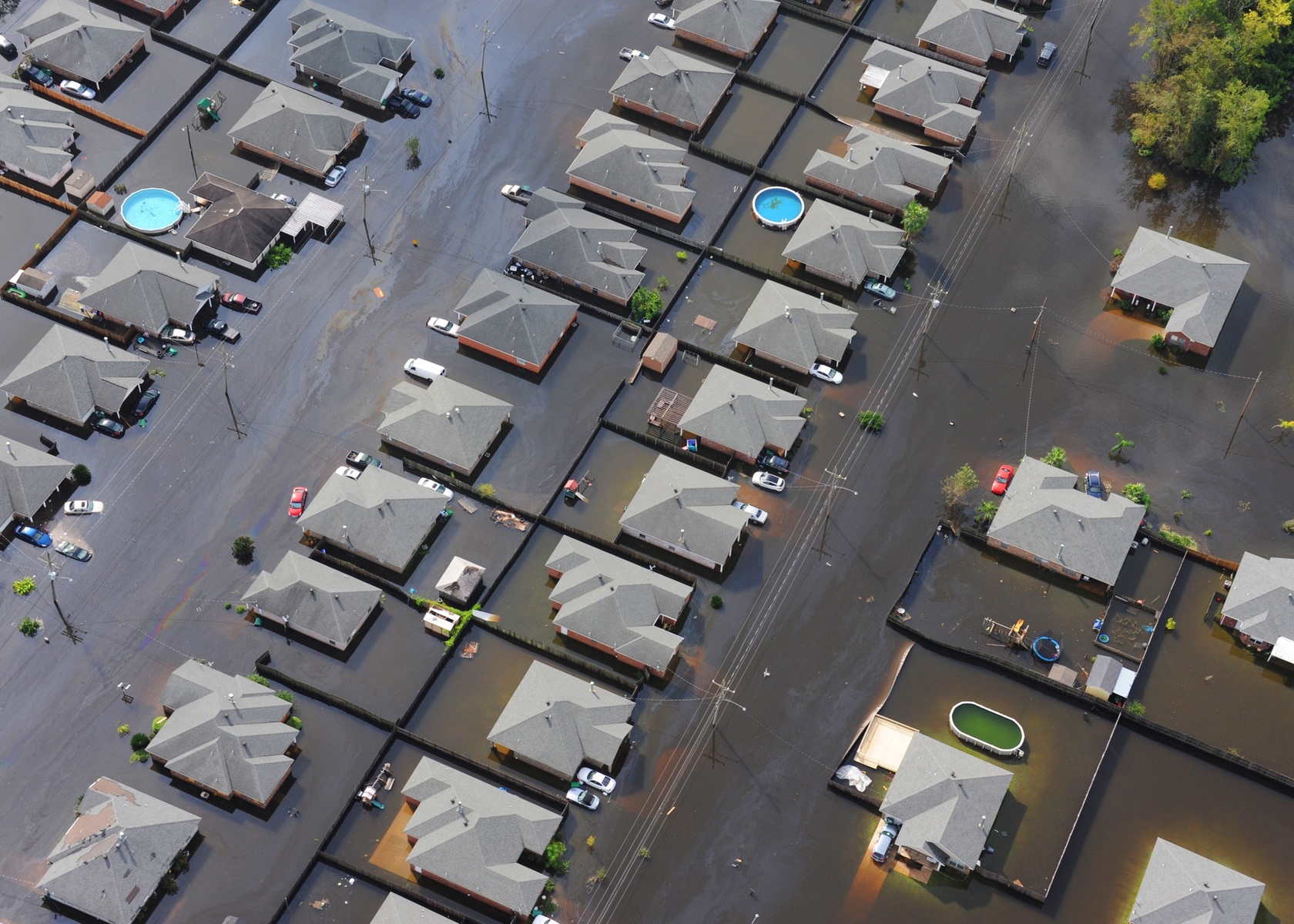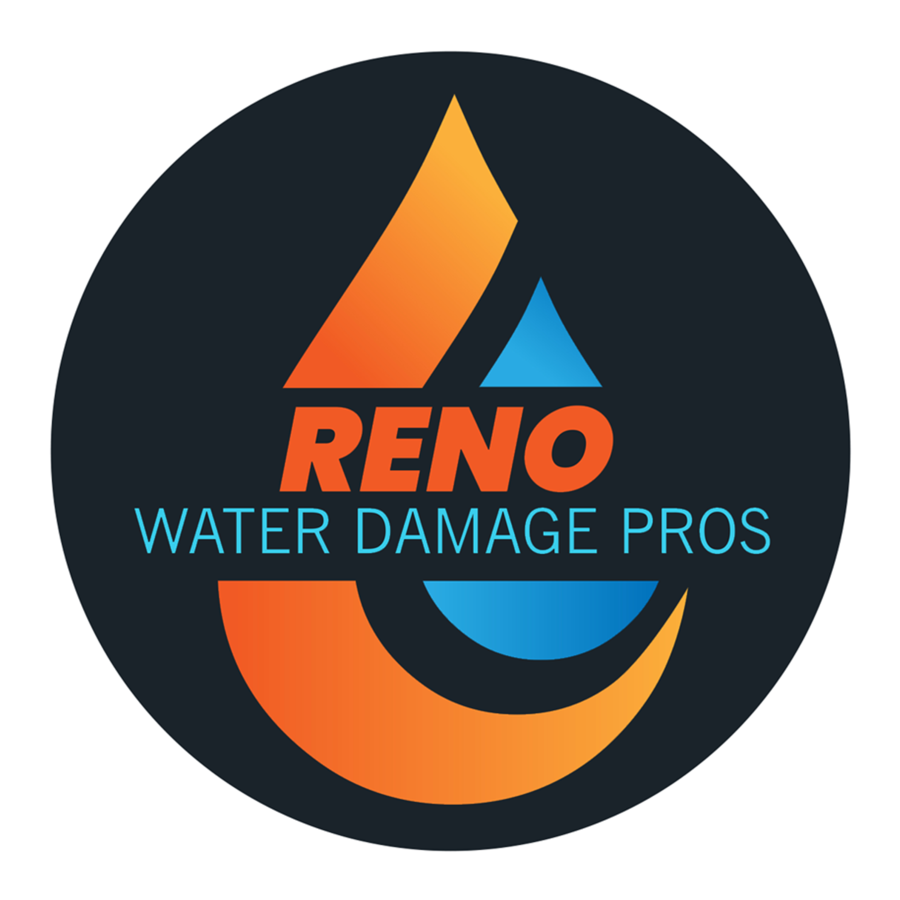Flood Damage
Flood damage repair is vital. Any professional water damage repair expert categorizes water into three. The worst of these categories is unsanitary water. Flood water falls under this category because you don’t know what it has or hasn’t been in contact with. Before the rain hits the ground, it has interacted with trees and environmental pollutants. After it is on the ground rushing towards your premises, it comes into contact with the road, sewers and every other thing in the way. Finally, it finds its way into your home and might even rush in with litter, trash, leaves and whatever was swept up along the way.
This water is hazardous to your health. It contains disease-carrying pathogens and other ghastly things that can lead to ailments. This is why you need to get flood repair services as soon as possible. Additionally, floodwater will destroy items in your home or office. It can also compromise the integrity of your structure as well as provide a suitable environment where moss can grow.


Quick Links
Commercial Water Damage Restoration
Professional Roof Damage Restoration Services
What To Do If Your House Floods
Storm Damage Recovery Disaster Response Services
4 Signs That You May Need Mold Remediation
The Process of Flood Damage Repair Process
As a professional flood damage restoration Reno NV company, we know how important it is to get flood water out of your home or place of business. You want to get back to normalcy as soon as possible and this can only be achieved if you empty your home of the water and prevent further damage. Our thorough flood damage repair process includes:

Emergency Services
Before we can think about restoring your home to a safe place to live, we provide emergency services. Flood damage Reno isn’t just about the water sitting in your home. It also encompasses other damages caused by the floods. This could include broken doors or walls that have been knocked down.Our flood damage repair company first tends to these issues which might leave room for further damage. For example, an unhinged door poses an immediate threat since your possessions are at risk of being stolen.
Step 1: Inspection and Assessment
The second step is to inspect the building and assess the damage. We want to know how much water there is and how much damage it has caused. This way, we can give you a comprehensive quote based on everything we need to do: clear, clean, restore and/ or replace. We can also estimate how long the flood damage repair process will take.
Step 2: Removal and Decontamination
This is an integral part of the process. If there is any stagnant water in your building, we remove it. We have established that flood water is unsanitary so we also embark on cleaning and decontamination of every affected area. During this step, we also remove any unsalvageable items such as furniture and wallpaper. Anything that cannot be thoroughly cleaned for reuse is ejected from the building. This sets the stage for drying your home or office.
Step 3: Drying
Finally, we use a dehumidifier to dry your building. This part is important because it is the last step in ensuring that your home or office is safe so you can resume normal operations. If you experience flooding and subsequent water damage, you should call our flood damage repair company. We know just what to do. Some customers try to alter the HVAC system for faster results. This isn’t the answer because we set the dehumidifier at the optimum temperature to ensure that your place is drying as fast and as safely as possible. Furthermore, we will monitor the moisture levels before we can declare your place safe for use.
Step 4: Commercial Water Damage Restoration Process
The first thing you should note about your restoration expert is whether or not they can explain the process to the best of your understanding. We carry out the commercial water damage restoration through a number of steps. These are:
Step 5: Extraction
The next step in commercial water damage restoration is to remove the water from your premises. The category of water and class of damage will determine which tools and instruments we need to use. In this step, we get rid of extremely damaged items that cannot be recovered.
Step 6: Dehumidifying
The final step of the commercial water damage restoration process is dehumidifying. For this, we use special equipment to completely dry out the premises. Most business owners try to rush this last part by insisting on cranking the heat up. Rest assured that our settings are at optimum levels and will therefore dry out your premises at the fastest and safest rate possible.
Flood Deployment Restoration Process
The first step in restoration is to deploy the team. This is done in a short period of time immediately after you contact us. We value your property and know that our speedy arrival will help to mitigate further damage. Furthermore, we understand that you are running a business and would like to minimize the losses incurred by hastening the restoration process.
Assessment
The second step is to assess the damage to your business. The first thing we do in commercial water damage restoration is to designate the water damage to a category. This is influenced by the category of water that has caused the damage. There are three main categories as stipulated by regulatory authorities. The first is clean water. This is water from faucets, broken pipes or leaking toilet tanks.
It doesn’t pose a threat to your health. However, with time and changes in temperature, it can become dangerous. The second category is grey water. This is used water such as soapy water from dishwashers or washing machines. Leaking urine water also falls under this category. Lastly, the third category is unsanitary water. This comprises of toilet water with fecal matter, sewage discharge and even flood water.
During assessment, we also designate the class of water damage. There are four classes:
- slow evaporating where the water only affects low porosity materials
- fast evaporating where water seepage into the wall is less than 24 inches
- fastest evaporating which affects insulation and ceilings and
- specialty drying conditions which deals with wet, low porosity materials
The type of class is based on the type of material and it determines the equipment that will be used to dry the affected area.
Get in Touch
You now have an idea of what we do and offer when it comes to commercial water damage restoration. If you are in need of these services, get in touch with us today. Once we have visited your premises, we will be able to give an estimate of how much the process will cost and how long it will take.
